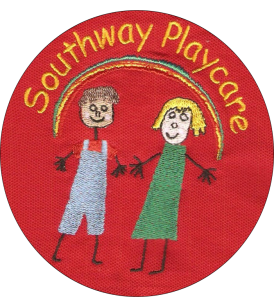Inclusive Principles
¬ Assume that most things are possible with enough creative commitment
¬ Make sure you know the children`s needs and interests: build activities around them as well as adapting existing things so they can be included
¬ Collect ideas from the children themselves ,of what they can door how they can be adapted
¬ Have discussions about how to include them in activities , taking into account any impairments they may have.
¬ Beware of adapting\ labelling activities for children with visual or multi sensory impairments.
¬ Always offer a range of activities
¬ Consider how you want to handle the reality that ther may be some activities which not all children can take part in.
¬ Aim to make as much as possible available to everyone and ensure there are attractive alternatives available
¬ Allowing (but not compelling) children to watch other may be quite legitimate , but be careful not to force them to be included as this is not inclusion.
¬ Working in pairs or groups can foster inclusion – but be aware of competitive activities where the child who acts slowly may cause resentment amongst their team.
¬ Whole group tasks \ achievments can foster inclusion.

